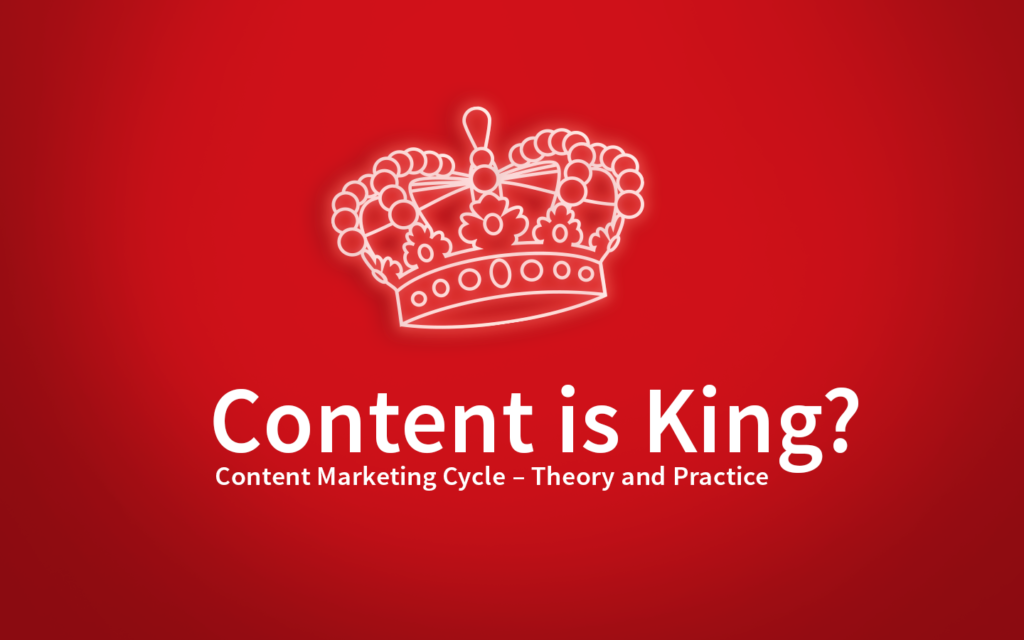Content Marketing Cycle – Theory and Practice
Author: Jens Gützkow
Content is king.
Companies don’t sell products – they sell stories.
Good content inspires long-term customer loyalty.
Anyone broadly involved in content publishing will have come across these hackneyed phrases or their variants at least a thousand times. And they are all true – with the emphasis being on good and relevant content.
What exactly good content comprises is the subject of many a heated debate. And it is not just the classic publishing editors – the corporate marketing experts also worry about it on a daily basis. On the other hand, it is uncontentious and seems quite logical to hold that increasing the distribution increases the chances of stimulating interest and acquiring more readers. Yet, although content strategies are defined and content management systems diligently used, the effort is often out of proportion to the reward.
The content marketing cycle – what exactly is it?
We could discuss till the cows come home what the benefits of a content strategy are. With the dissemination of information and self-created content, each company pursues their own individual goals. But: achieving a large reach within defined target groups is one of the most important aims in practically all cases. In practise, this means that content should not merely be created and published in the corporate blog or as an article – it also requires marketing. This comes in the form of social media teasers, Adword campaigns, mailings and the like. Key words here are distribution and recycling.
The content marketing cycle tries to schematise the process in a way that keeps the big picture in sight. The creation and distribution of content also includes target group analysis, monitoring, topic choices, keyword research and active control of the campaigns based on result analysis. It is a cycle that is repeated over and again and with the arrival of new content can begin again at any point.
More automation with simultaneous personalisation
If the content is not only to reach its audience digitally, but also to be read, listened to and appreciated, it must be appropriately prepared for the respective distribution channel. A tweet, for instance, is worded differently to a Facebook post. Why? – Different target groups, different behaviour, different technical specifications. In everyday practice this leads to a lot of work, since social media channels must be used not only appropriately, but also continually. The result: a lot of those responsible for content, especially in the corporate sphere, view content as a business sideshow, and do not exploit its full potential.
What to do? Content management platforms and publishing solutions already offer functions for the automatic distribution to various channels. It’s a start. But none covers the entire content marketing cycle. And none of the solutions offer sufficient personalisation options concerning the different requirements of the channels and target group segments. When it comes to reusing and recycling content sections, publishers – whether from commercial publishing houses or from marketing departments – need automated processes.
In my next blog posts I will go into more detail about how this could look like in the future and what we at PressMatrix are working on in this regard. In addition, the important question of how the success of a content part and the accompanying measures can be measured and put into the right balance will be addressed.

